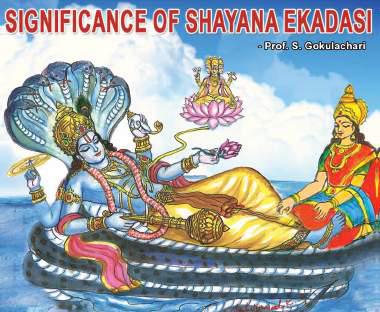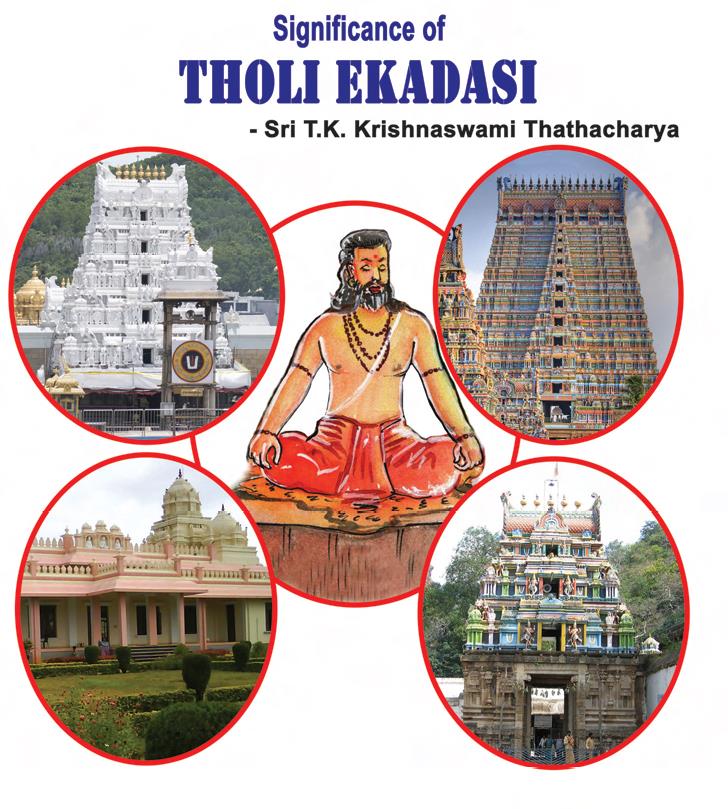Shayana Ekadasi / Toli Ekadasi / Tholi Ekadasi Ekadasi known as the ‘Day of Lord Vishnu, in Sanskrit means, ‘the Eleventh Day,’ occurs twice in a lunar month’, and is a very auspicious day to follow in the Hindu calendar. The story of Ekadasi is very interesting. In Satya Yuga, there was an awful Demon Read More
Tag: Tholi Ekadasi
Shayana Ekadasi means “sleeping eleventh is the eleventh lunar day of the bright fortnight of the Hindu month of Ashadha. Thus it is also known as Ashadhi Ekadasi or Ashadhi. It is also known as Tholi Ekadasi in Telugu.
Significance of Tholi Ekadashi
Significance of Tholi Ekadashi Tholi (first) Ekadashi is the most auspicious festival of Hindus, mainly the Vaishnavas. On this day the Vaishnavas observe fasting, praying, and singing bhajans of the Lord Mahavishnu. According to the Hindu calendar of all 24 Ekadashis, this Ekadashi is known as Tholi Ekadashi and is the day when the daytime Read More


